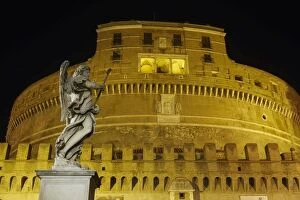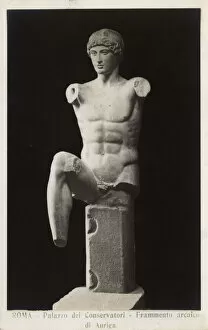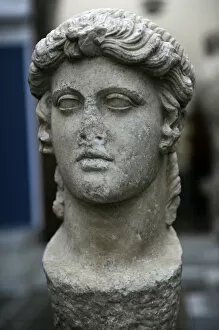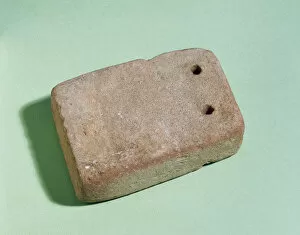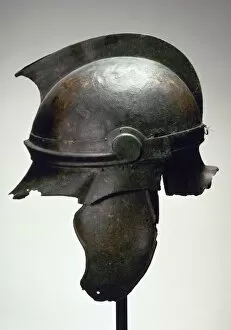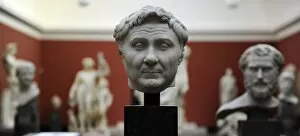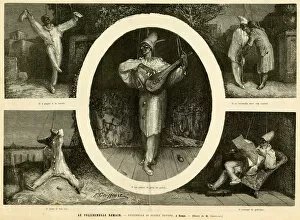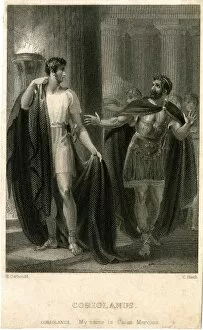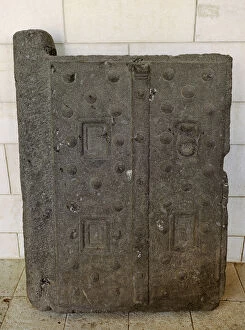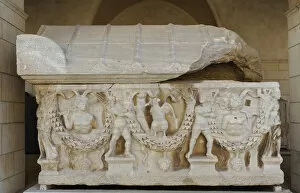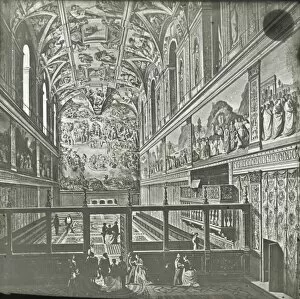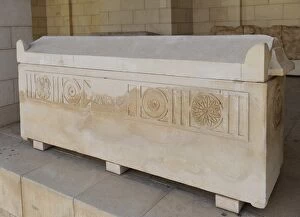Rome Collection (page 100)
Discover the timeless beauty of Rome, where history comes alive at every corner
For sale as Licensed Images
Choose your image, Select your licence and Download the media
Discover the timeless beauty of Rome, where history comes alive at every corner. Marvel at the intricate details of a Bust of the Roman emperor Marcus Aurelius, a testament to the grandeur of ancient Rome. Immerse yourself in the city's rich past as you explore its streets, guided by a Map of ancient Rome. As dawn breaks over Italy's capital, witness an iconic sight: a red Vespa motorbike standing proudly in front of the majestic Colosseum. The vibrant colors blend harmoniously with the rising sun, creating a picture-perfect moment that captures Rome's energy and allure. Step inside St. Peter's Basilica and be captivated by its breathtaking stained glass window depicting the Holy Spirit dove symbol. The delicate craftsmanship transports you to another world, where faith and art intertwine seamlessly. Indulge your senses with a taste of Roman cuisine through an exquisite Roman seafood mosaic – each piece meticulously arranged to create an edible work of art that pays homage to Italy's culinary heritage. Admire the strength and grace captured in the Boxer of Quirinal sculpture, also known as Terme Boxer. This masterpiece evokes emotions and tells stories from centuries ago, reminding us that human experiences transcend time. Experience spirituality firsthand as Pope Francis presides over Easter Holy Mass in St. Peter's Square at Vatican City – witnessing this sacred event is truly awe-inspiring and humbling. Gaze upon Marcus Aurelius' statue; his wise countenance reflects centuries-old wisdom that still resonates today. His legacy lives on through his teachings and serves as inspiration for generations to come. Travel back in time with 17th-century artwork portraying Plague doctors – mysterious figures who braved deadly diseases while offering solace during times of crisis. Their courage reminds us that even amidst darkness, hope prevails.

